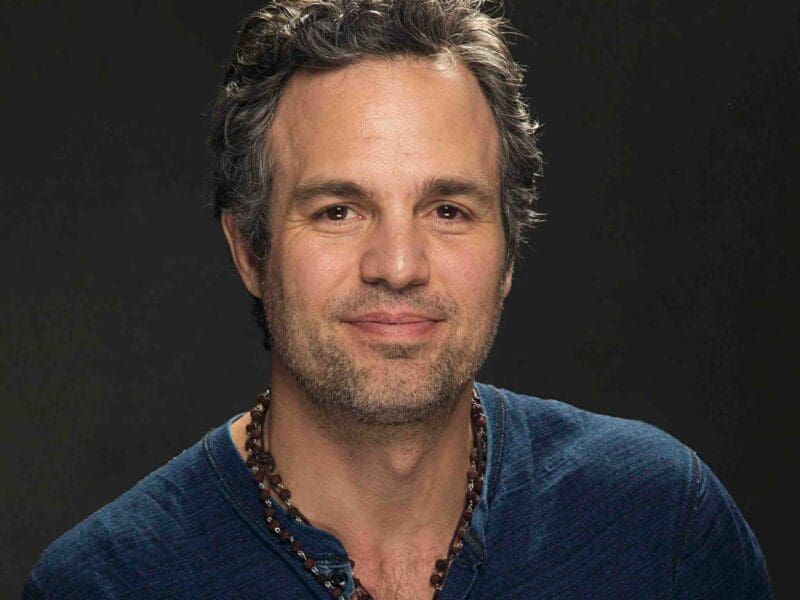
Crafting Cinematic Narratives: Inside Matteo Martignago’s Creative Process
- Can you walk us through your creative process when preparing for a new project?
- How do you choose the right camera movement and angles to enhance a particular scene?
- Can you share your favorite cinematographic techniques or camera movements that you often employ to enhance storytelling?
- How do you adapt your creative approach when working on projects with different genres, from drama to action or comedy?
- Can you share insights into your approach to the use of color and composition in cinematography?
- What considerations guide your choices when selecting locations for a film shoot?
- How would you describe your cinematography style today, and how has it evolved over the years?
- Are there specific camera and lens combinations you prefer to work with, and what do they bring to your visual storytelling?
- How do you adapt to the emotional needs of a scene, and what role does mood and atmosphere play in your creative decisions?
- Can you share a project where achieving the right mood was particularly challenging, and how you overcame it?
- How do you balance artistic expression with the practical demands of a film production, especially when working on different genres?
- Can you discuss the role of mood and atmosphere in creating visually compelling scenes?
- What advice do you have for cinematographers on effectively using visual elements to enhance storytelling?
My creative process begins with a deep dive into the script and extensive discussions with the director. Understanding the narrative’s emotional beats, character arcs, and thematic elements is paramount. From there, I collaborate closely with the director to establish a visual language that complements the story.
In the pre-production phase, I create mood boards, reference images, and develop a color palette to convey the intended atmosphere. Location scouting and technical rehearsals help refine my creative vision, ensuring that the chosen aesthetic aligns seamlessly with the director’s objectives. Flexibility is key, allowing the creative process to evolve organically as the project develops.
The choice of camera movement and angles is a nuanced decision that stems from a deep understanding of the scene’s emotional context and narrative significance. For intimate moments, I may opt for subtle, controlled movements to enhance the connection between characters. In contrast, dynamic and sweeping camera movements could amplify the energy in an action sequence.
Angles are chosen to evoke specific emotions or perspectives. Low angles may convey power or dominance, while high angles might emphasize vulnerability. The selection is a collaborative effort, involving discussions with the director and experimenting during rehearsals to fine-tune the visual language that best serves the scene.
One cinematographic technique I often find impactful is the “dolly zoom” or “Vertigo effect.” This technique involves zooming the lens while physically moving the camera, creating a visually striking distortion of perspective. It’s particularly effective in conveying moments of heightened emotion or revelation, adding a visceral quality to the storytelling.
In terms of camera movements, I appreciate the art of the “steadicam” for its ability to provide fluid, dynamic shots that seamlessly follow characters through a scene. This technique can be immersive, offering the audience a subjective viewpoint and enhancing the emotional impact of the narrative.
Adapting my creative approach to different genres involves an in-depth study of each genre’s visual conventions and storytelling tropes. For a drama, I might focus on nuanced lighting and framing to capture emotional subtleties. In an action film, dynamic camera movements and impactful compositions become crucial to heighten excitement. Comedy often benefits from a more playful use of space, timing, and visual gags.
The key is to remain flexible and responsive to the unique demands of each genre, collaborating closely with the director to ensure that the visual choices align with the genre’s specific storytelling requirements.
Color and composition are powerful tools in conveying mood and emotion. In my approach to color, I often establish a consistent palette that resonates with the project’s thematic elements. Warm tones can evoke intimacy or nostalgia, while cooler tones might enhance a sense of detachment or suspense.
Composition-wise, I consider framing as a means of guiding the audience’s focus and emphasizing narrative elements. Symmetry or asymmetry is chosen intentionally based on the desired emotional impact, and framing is adjusted to complement the characters’ dynamics within the scene.
Ultimately, the synergy between color and composition plays a pivotal role in creating a visually compelling narrative that enhances the overall storytelling experience.
When selecting locations, my choices are guided by the narrative requirements and the emotional tone of the story. The setting should not only complement the script but also contribute to the overall mood and atmosphere. Practical considerations, such as lighting possibilities, accessibility, and logistical feasibility, are equally important. I collaborate closely with the director and production designer to ensure that the chosen locations align seamlessly with the visual and emotional goals of the project.
My cinematography style today is characterized by a blend of technical precision and emotional resonance. It has evolved over the years through a continuous process of exploration and refinement. While my early work was more experimental, my current style is more intentional, with a focus on creating immersive experiences that amplify the narrative.
I have developed a keen understanding of how to leverage various cinematic techniques to enhance storytelling, balancing my artistic instincts with the pragmatic demands of each project. The evolution of my style reflects a commitment to growth, adaptability, and an unwavering passion for capturing the essence of a story through visuals.
I often gravitate towards the Sony Venice 2 paired with some Cooke Panchro lenses for its versatility and image quality. This combination allows me to achieve a cinematic look that aligns with my storytelling aesthetic. The camera provides the necessary technical capabilities, while the lens choices contribute to the visual language, allowing me to capture the intended mood and atmosphere of the narrative.
Adapting to the emotional needs of a scene involves a close collaboration with the director and an intuitive understanding of the characters’ journeys. I assess the emotional beats of the script, considering factors like pacing, framing, and lighting to enhance the desired mood.
Mood and atmosphere play a pivotal role in my creative decisions. For example, in an intimate dialogue scene, I might opt for soft, natural lighting to create a sense of warmth and connection. In contrast, a tense or suspenseful moment may benefit from harsher lighting and dynamic camera movements to heighten the atmospheric tension.
One challenging project in this regard was for a movie called MyDorian, where we needed to convey a delicate balance between nostalgia and melancholy in the final scene of the movie. Achieving the right mood required meticulous attention to lighting and composition.

To overcome the challenge, I collaborated closely with the production design team to create a visual language that reflected the desired tone. The lighting was fine-tuned to evoke a specific warmth, and camera movements were choreographed to enhance the emotional beats. It was a collaborative effort that involved iterative adjustments until we achieved the perfect balance, underscoring the importance of teamwork in achieving the desired mood.
Balancing artistic expression with practical demands involves a strategic approach that considers the unique requirements of each project. In genres with distinct visual conventions, I adapt my creative choices to align with the narrative while maintaining a cohesive visual style.
Collaboration with the director, producers, and other key stakeholders is crucial in finding a balance that serves both artistic vision and practical constraints. Clear communication about creative intentions and a willingness to explore innovative solutions ensures that the artistic expression remains integral to the project without compromising logistical feasibility.
Mood and atmosphere are integral components in creating visually compelling scenes. They set the emotional tone and immerse the audience in the narrative world. Lighting, color grading, and composition all play pivotal roles in shaping the mood, influencing how the audience interprets and connects with the story.
For example, in a suspenseful scene, the use of low-key lighting and shadows can heighten tension, while warm tones may evoke a sense of comfort in a heartwarming moment. Atmosphere, whether achieved through practical effects or visual elements, further enhances the scene’s impact, contributing to the overall cinematic experience.
My advice is to approach cinematography as a storytelling art form. Every visual choice should serve the narrative, enriching the audience’s understanding of the characters and themes. The first thing I always do is understanding the script. Dive deep into the script to grasp the emotional beats, character arcs, and thematic elements. This understanding will guide your visual decisions. Then establish a strong collaborative relationship with the director. Share your ideas, but also listen to their vision and feedback to create a cohesive storytelling approach.
Another piece of advice I wish I got in my early days as director of photography is to embrace subtlety. Sometimes, the most powerful moments come from subtle visual cues. Understand when to let the visuals speak quietly and when to make a bold statement.
And finally try to keep learning and stay abreast of technological advancements and cinematographic trends. However, always ground your choices in the service of the story rather than pursuing trends for their own sake.







